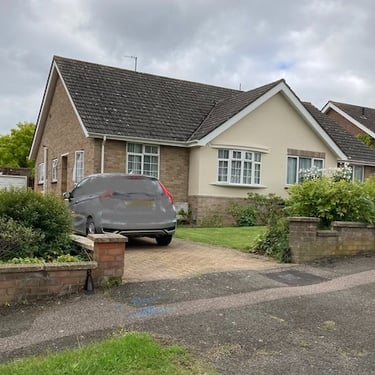
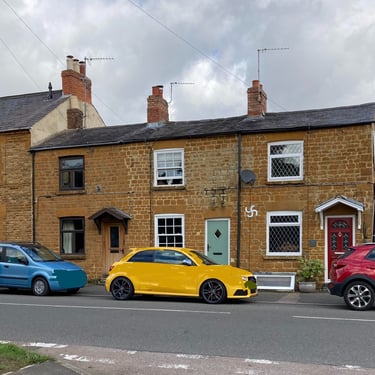
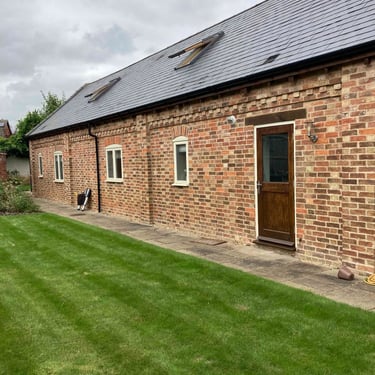
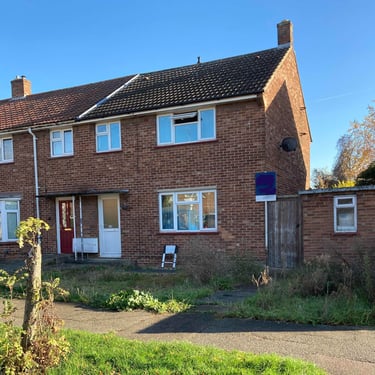
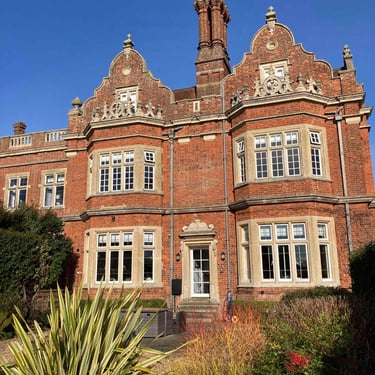
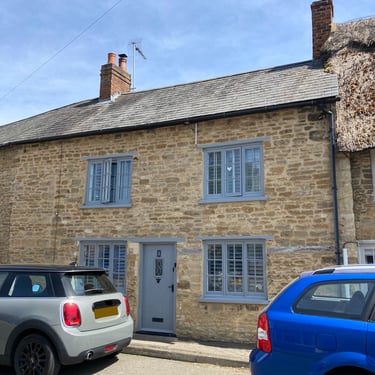
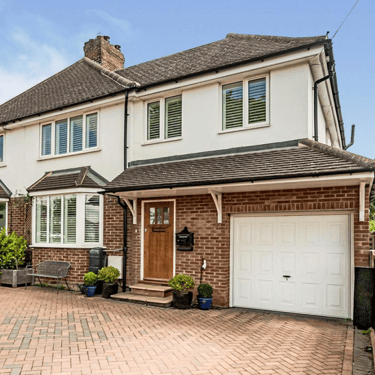
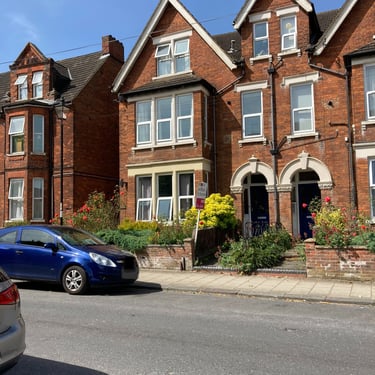
Previous Surveys
Be more informed about the house you are buying - It is the nature of a survey to find problems. The intent is not to be dramatic but to clarify what is urgent, reasonable, acceptable, expensive, inconvenient etc. and provide an opinion on those in-between grey areas.
There are a lot of varied points connected to property, such as: Soil types, energy efficiency, construction methods, structural movement, dampness, incorrect practices, materials used, known and potential defects, building regulations, legal points, lending criteria and much more.
Detailed home surveys; preparing you to purchase - Below are examples from previous surveys where it was useful for the client to learn of unexpected defects / repairs before purchasing the property. This allowed for better planning, decisions and confidence.
To be clear, this is a sample of more notable defects and outcomes; it is certainly not representative of how every survey turns out.
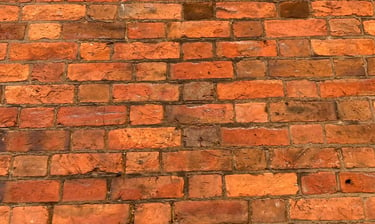

Ageing walls
LATE VICTORIAN HOUSE
The solid brick walls had become slow in evaporating wet weather. This resulted in perished external areas and internal dampness. Part of the repair quotes came in around £10,000 for external repointing. This is a large cost on a small house but the seller and buyer came to a reflective agreement.
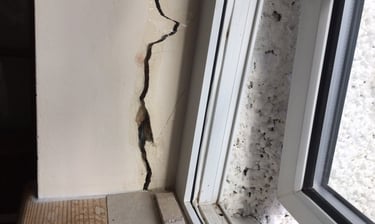

On-going structural movement
1950s BUNGALOW
Significant cracking and movement between a rear extension and the main house. It was clear that the foundation for the extension was inadequate for the type of sub-soil in the area. After further investigation the client subsequently decided it was best not to purchase the house.
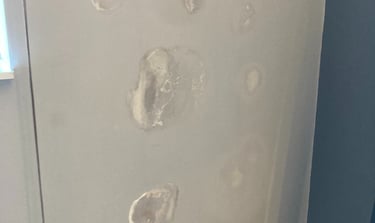

Wall dampness
1900 DETACHED HOUSE
Low levels of dampness was bedded into all ground floor walls. Due to seasonal fluctuations the damage was limited to sporadic pockets and was understandably unnoticed by the current owners. This type of defect will gradually continue to lower wall performance. I advised the client of the traditional methods of repair which restore the walls to work as they were originally designed to. The client was able to obtain indicative costings for the remedial work which helped them decide to continue the property purchase.
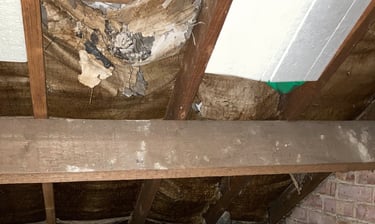

Roofing felt
1960s ESTATE HOUSE
The underlay felt had completely perished. Replacement would require the roof tiles to be lifted. Further to the survey, the buyer was able to renegotiate £10,000 off the agreed purchase price to offset the cost of the remedial work.
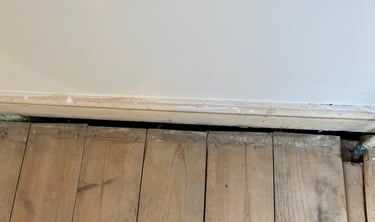

Lack of sub-floor-ventilation
GRADE II LISTED HOUSE
The floor joists in the front living room had partly deteriorated due to dampness. This was caused by built over external sub-floor vents. I was able to provide specific repair advice to the client.
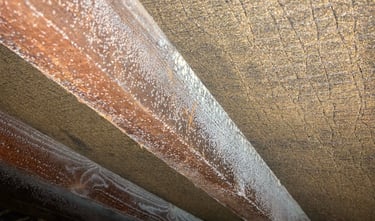

Timber mould
1850 MID-TERRACE COTTAGE
The roof structure was found to be covered in mould. As rot and structural decay had not yet set in, I was able to advise the prospective buyer how to remedy the situation and confirm the timber will be able to dry out and recover.





